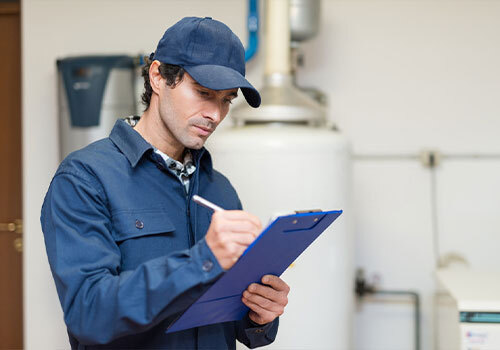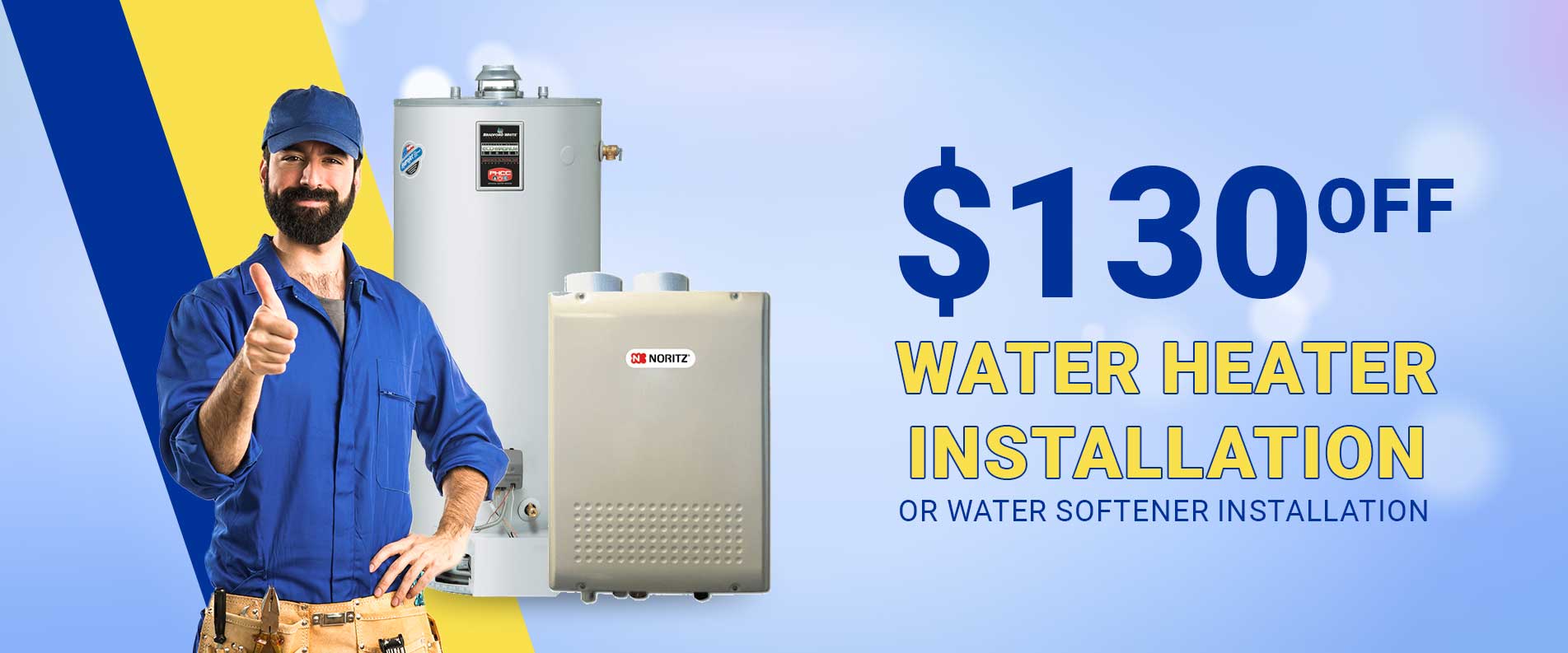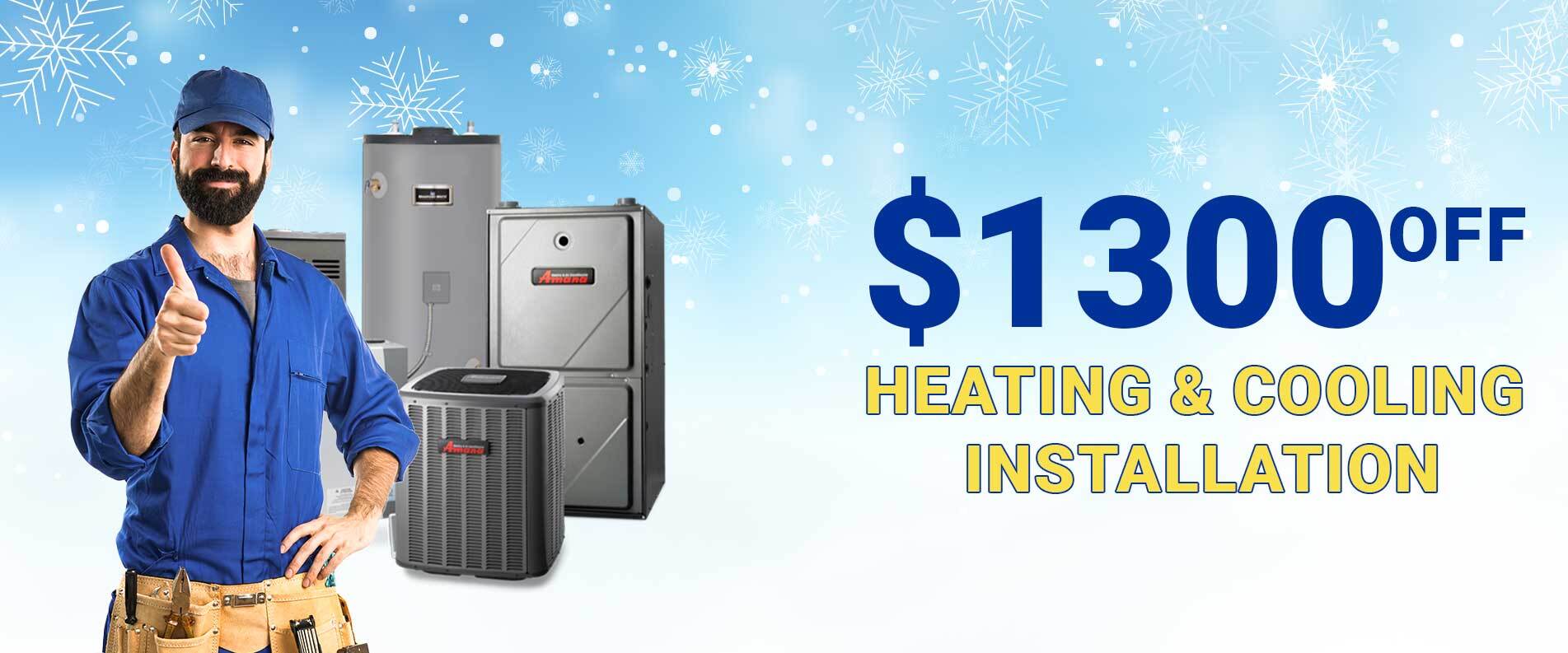Unfortunately, homeowners only care about plumbing safety inspection when they are going through the process of purchasing a house or if something goes wrong with the pipes and there is no water at home. They often forget that an ounce of prevention is worth a pound of cure.
Hence, as we recommend our customers for plumbing safety inspections once a year to keep the system running smooth and sound, we are also here to elaborate more on what we actually do in the process.
Water Heater Inspection
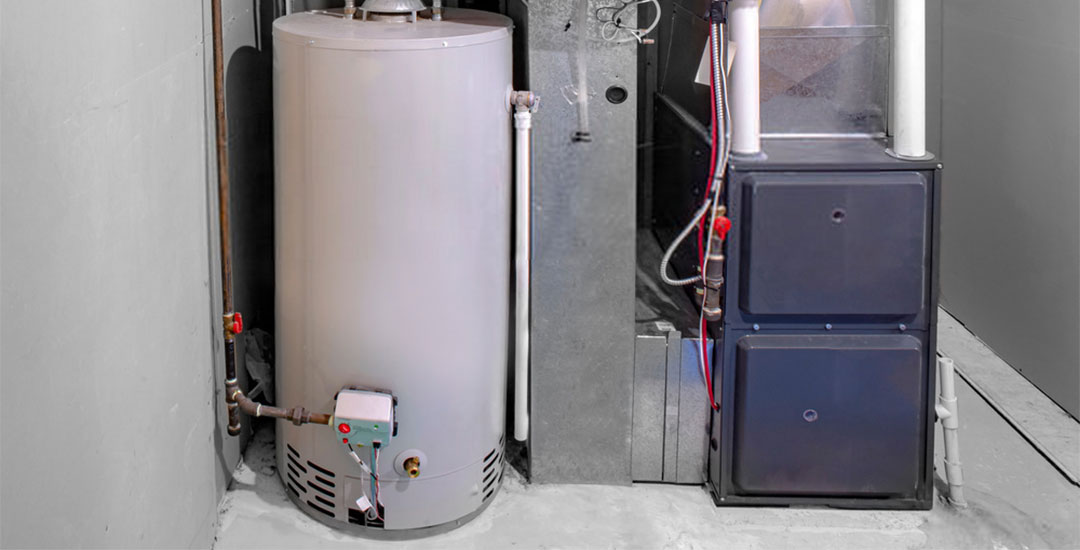
If there is one MVP around your house then it definitely is your water heater. It is because of this device that you get to bathe and clean yourself at peace. So we begin our service with a thorough physical inspection of the water heater which includes checking the safety straps and spotting any leaks.
Then our plumbers check out the entire electrical or gas components as any fault in them can lead to serious fire hazards. Also, we check out the wiring and any mineral buildup from hard water.
Toilet Inspection
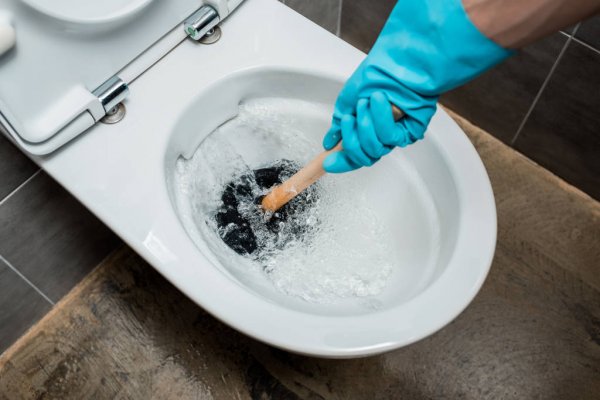
The next step then begins with confirming whether your toilet is stable or not. If it is rocking from side to side then this is a clear sign of a broken or failing seal. And in case if the seal breaks entirely at some point, there can be flooding inside your bathroom.
After that, we then move on to checking the toilet handle and flapper. For those of you who don’t know, it is actually the flapper which stops water from constantly running in your toilet.
We also check the fill valve, the supply line, and the angle stop. A lot of times the toilets’ supply lines are connected to the tank with a plastic nut, at the angle of the stop. Our team ensures that the angle stop isn’t cracked or broken.
Main Sewer Line Inspection
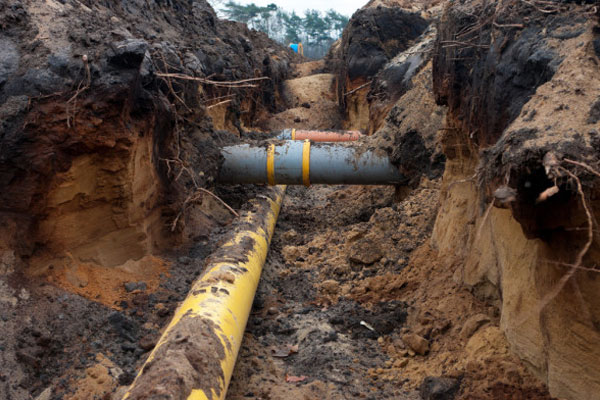
If you want a free flow of clean water inside your house then you need to make sure that the sewer line is super clean. For a similar matter, our plumbers first conduct a visual inspection of the cleanout.
Once done, the plumber then starts running water from taps in the home to check the flow. We also put a camera through the main sewer line to look for any buildup or cracks in your pipes.
Checking The Pressure of Plumbing
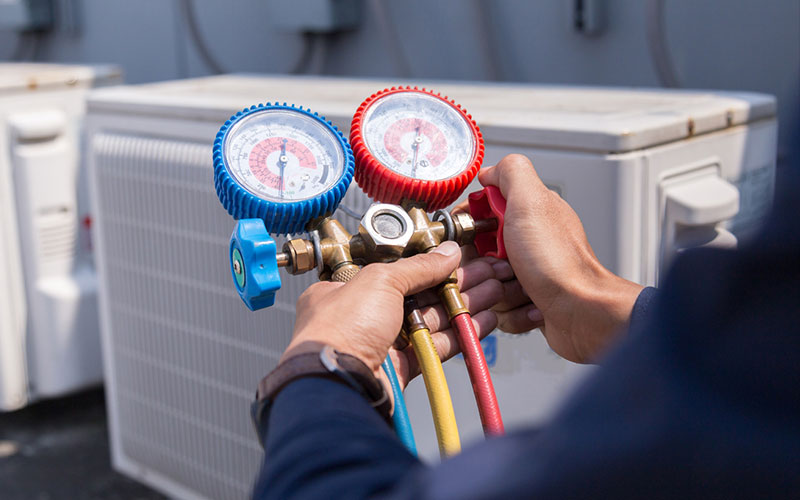
Next up our plumbers then check the water pressure. For that, we choose a hose bib and then connect a pressure gauge to it. We then turn on the water to know the reading of the pressure. Going by the general rule, your water pressure should be between 65 and 75. If it is above 75 then that is a sign of a problem.
Plumbing Insulation Inspection

It doesn’t matter what plumbing pipes are there on the outside of your home, all of them need to be insulated. This is because as the temperatures vary on the inside and outside of your home, we make sure that the heat-treated water stays nice and toasty while it is on the way from the water heater to the tap.
Now that you are well aware of what we do and why it is important, call Edwin Stipe’s experts right away to save your water system from any troubles in advance!


